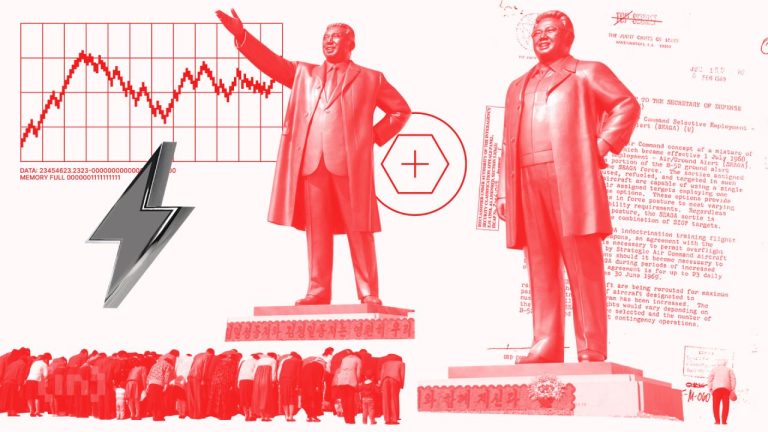
Mindfulness Practices for Stress Relief
Mindfulness practices have become increasingly popular in recent years as a way to reduce stress and improve mental well-being. Mindfulness is the practice of being present in the moment, paying attention to your thoughts, feelings, and sensations without judgment. By incorporating mindfulness practices into your daily routine, you can reduce stress and anxiety, improve your mood, and enhance your overall quality of life.
What is Mindfulness?
Mindfulness is a practice that involves paying attention to the present moment, without judgment or distraction. It involves being aware of your thoughts, feelings, and physical sensations, and observing them without becoming overwhelmed or attached. Mindfulness is not about achieving a specific state or feeling, but rather about cultivating awareness and acceptance of the present moment.
Benefits of Mindfulness for Stress Relief
Research has shown that mindfulness practices can have a significant impact on reducing stress and anxiety. Some of the benefits of mindfulness for stress relief include:
- Reduced stress and anxiety
- Improved mood
- Enhanced cognitive function
- Improved sleep quality
- Increased self-awareness and self-acceptance
Mindfulness Practices for Stress Relief
There are many mindfulness practices that can be used for stress relief, including:
- Meditation: Meditation involves focusing your attention on a specific object, such as the breath, a mantra, or a physical sensation. Regular meditation practice can help reduce stress and anxiety, improve mood, and enhance cognitive function.
- Yoga: Yoga is a physical practice that combines movement, breathing, and meditation techniques. Yoga can help reduce stress and anxiety, improve flexibility and balance, and enhance overall physical and mental well-being.
- Body Scan: A body scan involves lying down or sitting comfortably, and bringing your attention to different parts of your body, starting from your toes and moving up to the top of your head. This practice can help you become more aware of your physical sensations, and release tension and stress.
- Mindful Walking: Mindful walking involves paying attention to your feet touching the ground, the sensation of your feet moving, and the rhythm of your breath. This practice can help you cultivate awareness and presence, and reduce stress and anxiety.
Tips for Incorporating Mindfulness into Your Daily Routine
Incorporating mindfulness practices into your daily routine can be simple and easy. Here are some tips to get you started:
- Start small: Begin with short mindfulness practices, such as a 5-10 minute meditation session, and gradually increase the duration as you become more comfortable with the practice.
- Make it a habit: Incorporate mindfulness practices into your daily routine, such as right after waking up, or before bed.
- Find a quiet space: Identify a quiet and comfortable space where you can practice mindfulness without distractions.
- Be consistent: Aim to practice mindfulness at the same time every day, so it becomes a habit.
Conclusion
Mindfulness practices are a powerful tool for reducing stress and anxiety, and improving mental well-being. By incorporating mindfulness practices into your daily routine, you can cultivate awareness, acceptance, and presence, and enhance your overall quality of life. Remember to start small, be consistent, and make mindfulness a habit, and you will be on your way to a more mindful and peaceful life.





